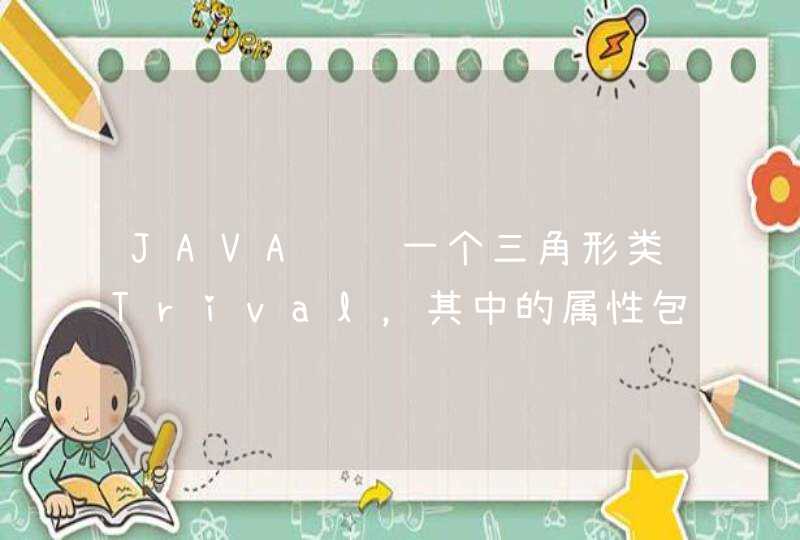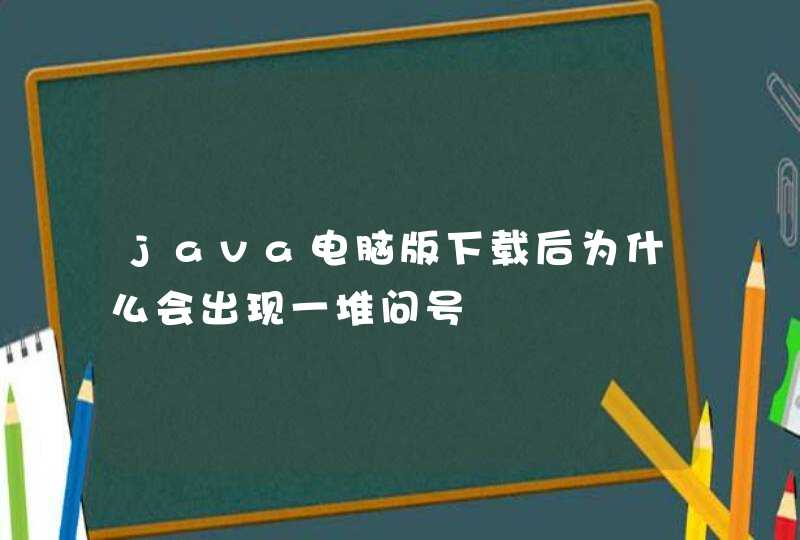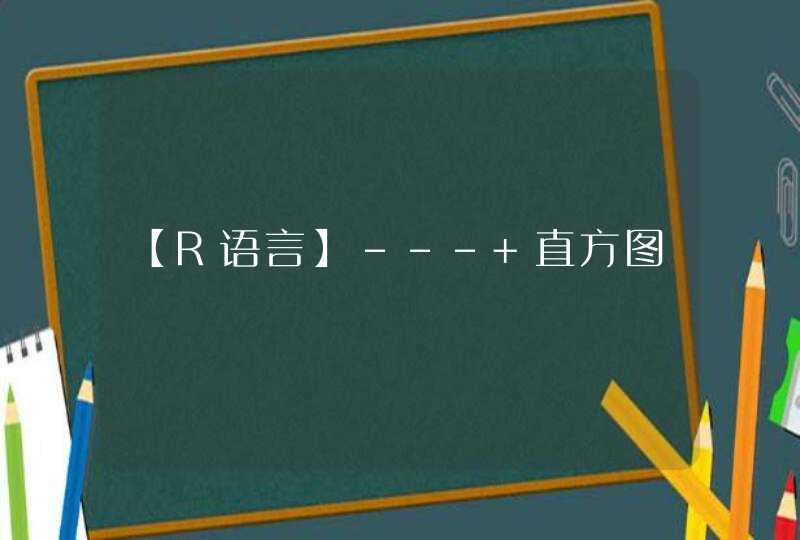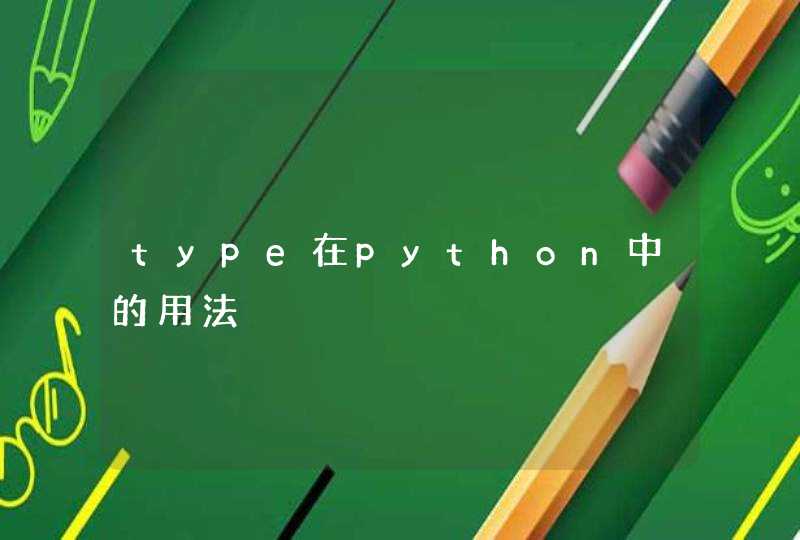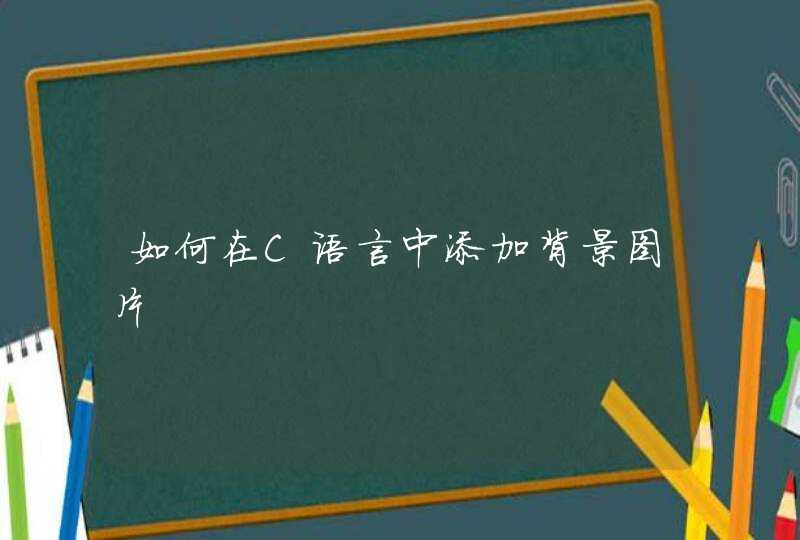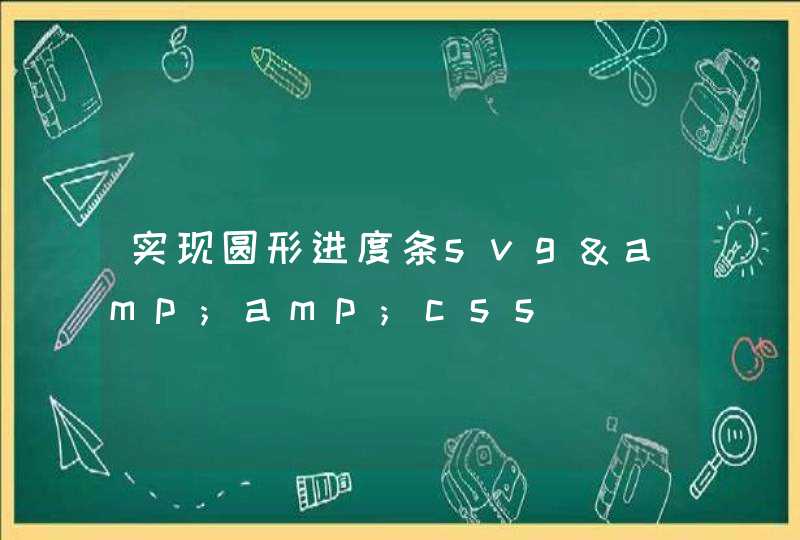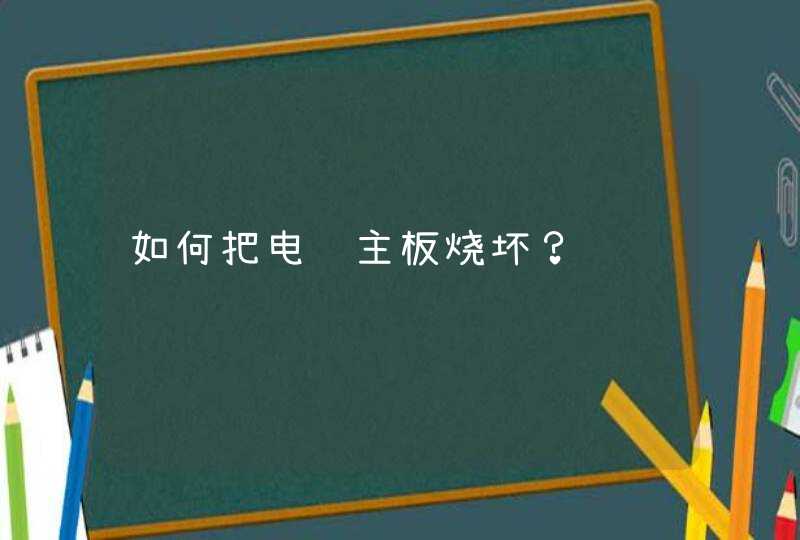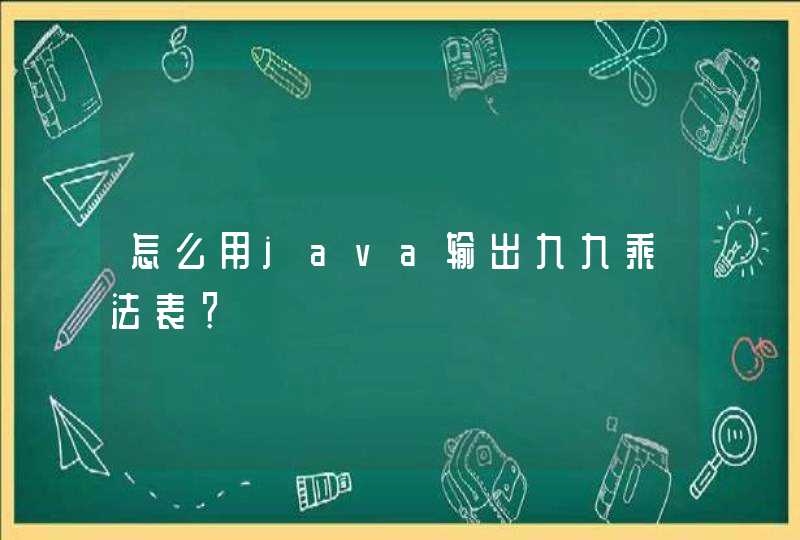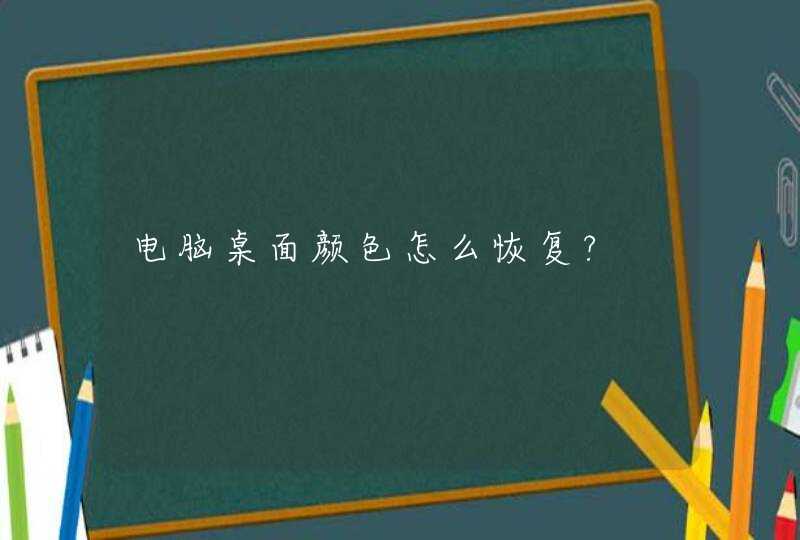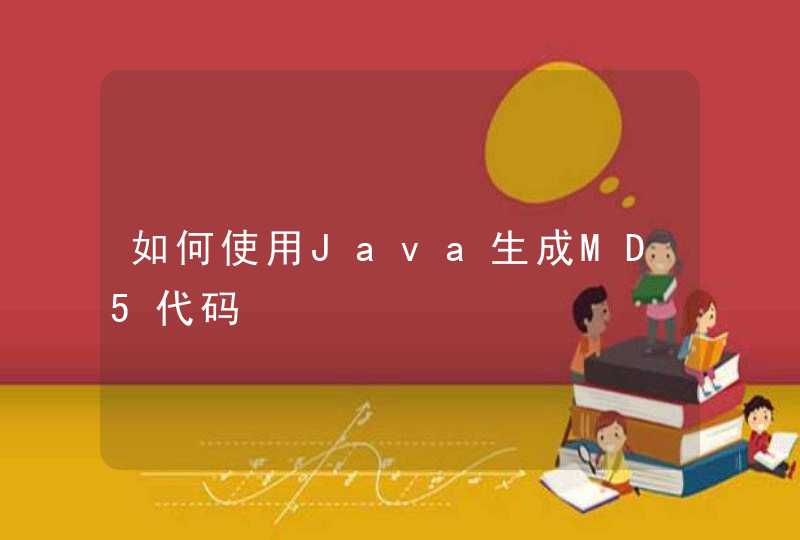
这是我以前做的一个小项目时用到md5写的
import java.security.MessageDigest
import java.security.NoSuchAlgorithmException
//将用户密码进行md5加密 并返回加密后的32位十六进制密码
public class MD5Util {
public static String md5(String password) {
try {
// 获取md5对象
MessageDigest md = MessageDigest.getInstance("md5")
// 获取加密后的密码并返回十进制字节数组
byte[] bytes = md.digest(password.getBytes())
// 遍历数组得到每个十进制数并转换成十六进制
StringBuffer sb = new StringBuffer()
for (byte b : bytes) {
// 把每个数转成十六进制 存进字符中
sb.append(toHex(b))
}
String finish = sb.toString()
return finish
} catch (NoSuchAlgorithmException e) {
e.printStackTrace()
throw new RuntimeException(e)
}
}
// 十进制转十六进制方法
private static String toHex(byte b) {
int target = 0
if (b <0) {
target = 255 + b
} else {
target = b
}
int first = target / 16
int second = target % 16
return Hex[first] + Hex[second]
}
static String[] Hex = { "0", "1", "2", "3", "4", "5", "6", "7", "8", "9",
"a", "b", "c", "d", "e", "f" }
/*public static void main(String[] args) {
String a = MD5Util.md5("1234")
System.out.println(a)
}*/
}
import java.lang.reflect.*/*******************************************************************************
* keyBean 类实现了RSA Data Security, Inc.在提交给IETF 的RFC1321中的keyBean message-digest
* 算法。
******************************************************************************/
public class keyBean {
/*
* 下面这些S11-S44实际上是一个4*4的矩阵,在原始的C实现中是用#define 实现的, 这里把它们实现成为static
* final是表示了只读,切能在同一个进程空间内的多个 Instance间共享
*/
static final int S11 = 7
static final int S12 = 12
static final int S13 = 17
static final int S14 = 22
static final int S21 = 5
static final int S22 = 9
static final int S23 = 14
static final int S24 = 20
static final int S31 = 4
static final int S32 = 11
static final int S33 = 16
static final int S34 = 23
static final int S41 = 6
static final int S42 = 10
static final int S43 = 15
static final int S44 = 21
static final byte[] PADDING = { -128, 0, 0, 0, 0, 0, 0, 0, 0, 0, 0, 0, 0,
0, 0, 0, 0, 0, 0, 0, 0, 0, 0, 0, 0, 0, 0, 0, 0, 0, 0, 0, 0, 0, 0,
0, 0, 0, 0, 0, 0, 0, 0, 0, 0, 0, 0, 0, 0, 0, 0, 0, 0, 0, 0, 0, 0,
0, 0, 0, 0, 0, 0, 0 }
/*
* 下面的三个成员是keyBean计算过程中用到的3个核心数据,在原始的C实现中 被定义到keyBean_CTX结构中
*/
private long[] state = new long[4]// state (ABCD)
private long[] count = new long[2]// number of bits, modulo 2^64 (lsb
// first)
private byte[] buffer = new byte[64]// input buffer
/*
* digestHexStr是keyBean的唯一一个公共成员,是最新一次计算结果的 16进制ASCII表示.
*/
public String digestHexStr
/*
* digest,是最新一次计算结果的2进制内部表示,表示128bit的keyBean值.
*/
private byte[] digest = new byte[16]
/*
* getkeyBeanofStr是类keyBean最主要的公共方法,入口参数是你想要进行keyBean变换的字符串
* 返回的是变换完的结果,这个结果是从公共成员digestHexStr取得的.
*/
public String getkeyBeanofStr(String inbuf) {
keyBeanInit()
keyBeanUpdate(inbuf.getBytes(), inbuf.length())
keyBeanFinal()
digestHexStr = ""
for (int i = 0i <16i++) {
digestHexStr += byteHEX(digest[i])
}
return digestHexStr
}
// 这是keyBean这个类的标准构造函数,JavaBean要求有一个public的并且没有参数的构造函数
public keyBean() {
keyBeanInit()
return
}
/* keyBeanInit是一个初始化函数,初始化核心变量,装入标准的幻数 */
private void keyBeanInit() {
count[0] = 0L
count[1] = 0L
// /* Load magic initialization constants.
state[0] = 0x67452301L
state[1] = 0xefcdab89L
state[2] = 0x98badcfeL
state[3] = 0x10325476L
return
}
/*
* F, G, H ,I 是4个基本的keyBean函数,在原始的keyBean的C实现中,由于它们是
* 简单的位运算,可能出于效率的考虑把它们实现成了宏,在java中,我们把它们 实现成了private方法,名字保持了原来C中的。
*/
private long F(long x, long y, long z) {
return (x &y) | ((~x) &z)
}
private long G(long x, long y, long z) {
return (x &z) | (y &(~z))
}
private long H(long x, long y, long z) {
return x ^ y ^ z
}
private long I(long x, long y, long z) {
return y ^ (x | (~z))
}
/*
* FF,GG,HH和II将调用F,G,H,I进行近一步变换 FF, GG, HH, and II transformations for
* rounds 1, 2, 3, and 4. Rotation is separate from addition to prevent
* recomputation.
*/
private long FF(long a, long b, long c, long d, long x, long s, long ac) {
a += F(b, c, d) + x + ac
a = ((int) a <<s) | ((int) a >>>(32 - s))
a += b
return a
}
private long GG(long a, long b, long c, long d, long x, long s, long ac) {
a += G(b, c, d) + x + ac
a = ((int) a <<s) | ((int) a >>>(32 - s))
a += b
return a
}
private long HH(long a, long b, long c, long d, long x, long s, long ac) {
a += H(b, c, d) + x + ac
a = ((int) a <<s) | ((int) a >>>(32 - s))
a += b
return a
}
private long II(long a, long b, long c, long d, long x, long s, long ac) {
a += I(b, c, d) + x + ac
a = ((int) a <<s) | ((int) a >>>(32 - s))
a += b
return a
}
/*
* keyBeanUpdate是keyBean的主计算过程,inbuf是要变换的字节串,inputlen是长度,这个
* 函数由getkeyBeanofStr调用,调用之前需要调用keyBeaninit,因此把它设计成private的
*/
private void keyBeanUpdate(byte[] inbuf, int inputLen) {
int i, index, partLen
byte[] block = new byte[64]
index = (int) (count[0] >>>3) &0x3F
// /* Update number of bits */
if ((count[0] += (inputLen <<3)) <(inputLen <<3))
count[1]++
count[1] += (inputLen >>>29)
partLen = 64 - index
// Transform as many times as possible.
if (inputLen >= partLen) {
keyBeanMemcpy(buffer, inbuf, index, 0, partLen)
keyBeanTransform(buffer)
for (i = partLeni + 63 <inputLeni += 64) {
keyBeanMemcpy(block, inbuf, 0, i, 64)
keyBeanTransform(block)
}
index = 0
} else
i = 0
// /* Buffer remaining input */
keyBeanMemcpy(buffer, inbuf, index, i, inputLen - i)
}
/*
* keyBeanFinal整理和填写输出结果
*/
private void keyBeanFinal() {
byte[] bits = new byte[8]
int index, padLen
// /* Save number of bits */
Encode(bits, count, 8)
// /* Pad out to 56 mod 64.
index = (int) (count[0] >>>3) &0x3f
padLen = (index <56) ? (56 - index) : (120 - index)
keyBeanUpdate(PADDING, padLen)
// /* Append length (before padding) */
keyBeanUpdate(bits, 8)
// /* Store state in digest */
Encode(digest, state, 16)
}
/*
* keyBeanMemcpy是一个内部使用的byte数组的块拷贝函数,从input的inpos开始把len长度的
* 字节拷贝到output的outpos位置开始
*/
private void keyBeanMemcpy(byte[] output, byte[] input, int outpos,
int inpos, int len) {
int i
for (i = 0i <leni++)
output[outpos + i] = input[inpos + i]
}
/*
* keyBeanTransform是keyBean核心变换程序,有keyBeanUpdate调用,block是分块的原始字节
*/
private void keyBeanTransform(byte block[]) {
long a = state[0], b = state[1], c = state[2], d = state[3]
long[] x = new long[16]
Decode(x, block, 64)
/* Round 1 */
a = FF(a, b, c, d, x[0], S11, 0xd76aa478L)/* 1 */
d = FF(d, a, b, c, x[1], S12, 0xe8c7b756L)/* 2 */
c = FF(c, d, a, b, x[2], S13, 0x242070dbL)/* 3 */
b = FF(b, c, d, a, x[3], S14, 0xc1bdceeeL)/* 4 */
a = FF(a, b, c, d, x[4], S11, 0xf57c0fafL)/* 5 */
d = FF(d, a, b, c, x[5], S12, 0x4787c62aL)/* 6 */
c = FF(c, d, a, b, x[6], S13, 0xa8304613L)/* 7 */
b = FF(b, c, d, a, x[7], S14, 0xfd469501L)/* 8 */
a = FF(a, b, c, d, x[8], S11, 0x698098d8L)/* 9 */
d = FF(d, a, b, c, x[9], S12, 0x8b44f7afL)/* 10 */
c = FF(c, d, a, b, x[10], S13, 0xffff5bb1L)/* 11 */
b = FF(b, c, d, a, x[11], S14, 0x895cd7beL)/* 12 */
a = FF(a, b, c, d, x[12], S11, 0x6b901122L)/* 13 */
d = FF(d, a, b, c, x[13], S12, 0xfd987193L)/* 14 */
c = FF(c, d, a, b, x[14], S13, 0xa679438eL)/* 15 */
b = FF(b, c, d, a, x[15], S14, 0x49b40821L)/* 16 */
/* Round 2 */
a = GG(a, b, c, d, x[1], S21, 0xf61e2562L)/* 17 */
d = GG(d, a, b, c, x[6], S22, 0xc040b340L)/* 18 */
c = GG(c, d, a, b, x[11], S23, 0x265e5a51L)/* 19 */
b = GG(b, c, d, a, x[0], S24, 0xe9b6c7aaL)/* 20 */
a = GG(a, b, c, d, x[5], S21, 0xd62f105dL)/* 21 */
d = GG(d, a, b, c, x[10], S22, 0x2441453L)/* 22 */
c = GG(c, d, a, b, x[15], S23, 0xd8a1e681L)/* 23 */
b = GG(b, c, d, a, x[4], S24, 0xe7d3fbc8L)/* 24 */
a = GG(a, b, c, d, x[9], S21, 0x21e1cde6L)/* 25 */
d = GG(d, a, b, c, x[14], S22, 0xc33707d6L)/* 26 */
c = GG(c, d, a, b, x[3], S23, 0xf4d50d87L)/* 27 */
b = GG(b, c, d, a, x[8], S24, 0x455a14edL)/* 28 */
a = GG(a, b, c, d, x[13], S21, 0xa9e3e905L)/* 29 */
d = GG(d, a, b, c, x[2], S22, 0xfcefa3f8L)/* 30 */
c = GG(c, d, a, b, x[7], S23, 0x676f02d9L)/* 31 */
b = GG(b, c, d, a, x[12], S24, 0x8d2a4c8aL)/* 32 */
/* Round 3 */
a = HH(a, b, c, d, x[5], S31, 0xfffa3942L)/* 33 */
d = HH(d, a, b, c, x[8], S32, 0x8771f681L)/* 34 */
c = HH(c, d, a, b, x[11], S33, 0x6d9d6122L)/* 35 */
b = HH(b, c, d, a, x[14], S34, 0xfde5380cL)/* 36 */
a = HH(a, b, c, d, x[1], S31, 0xa4beea44L)/* 37 */
d = HH(d, a, b, c, x[4], S32, 0x4bdecfa9L)/* 38 */
c = HH(c, d, a, b, x[7], S33, 0xf6bb4b60L)/* 39 */
b = HH(b, c, d, a, x[10], S34, 0xbebfbc70L)/* 40 */
a = HH(a, b, c, d, x[13], S31, 0x289b7ec6L)/* 41 */
d = HH(d, a, b, c, x[0], S32, 0xeaa127faL)/* 42 */
c = HH(c, d, a, b, x[3], S33, 0xd4ef3085L)/* 43 */
b = HH(b, c, d, a, x[6], S34, 0x4881d05L)/* 44 */
a = HH(a, b, c, d, x[9], S31, 0xd9d4d039L)/* 45 */
d = HH(d, a, b, c, x[12], S32, 0xe6db99e5L)/* 46 */
c = HH(c, d, a, b, x[15], S33, 0x1fa27cf8L)/* 47 */
b = HH(b, c, d, a, x[2], S34, 0xc4ac5665L)/* 48 */
/* Round 4 */
a = II(a, b, c, d, x[0], S41, 0xf4292244L)/* 49 */
d = II(d, a, b, c, x[7], S42, 0x432aff97L)/* 50 */
c = II(c, d, a, b, x[14], S43, 0xab9423a7L)/* 51 */
b = II(b, c, d, a, x[5], S44, 0xfc93a039L)/* 52 */
a = II(a, b, c, d, x[12], S41, 0x655b59c3L)/* 53 */
d = II(d, a, b, c, x[3], S42, 0x8f0ccc92L)/* 54 */
c = II(c, d, a, b, x[10], S43, 0xffeff47dL)/* 55 */
b = II(b, c, d, a, x[1], S44, 0x85845dd1L)/* 56 */
a = II(a, b, c, d, x[8], S41, 0x6fa87e4fL)/* 57 */
d = II(d, a, b, c, x[15], S42, 0xfe2ce6e0L)/* 58 */
c = II(c, d, a, b, x[6], S43, 0xa3014314L)/* 59 */
b = II(b, c, d, a, x[13], S44, 0x4e0811a1L)/* 60 */
a = II(a, b, c, d, x[4], S41, 0xf7537e82L)/* 61 */
d = II(d, a, b, c, x[11], S42, 0xbd3af235L)/* 62 */
c = II(c, d, a, b, x[2], S43, 0x2ad7d2bbL)/* 63 */
b = II(b, c, d, a, x[9], S44, 0xeb86d391L)/* 64 */
state[0] += a
state[1] += b
state[2] += c
state[3] += d
}
/*
* Encode把long数组按顺序拆成byte数组,因为java的long类型是64bit的, 只拆低32bit,以适应原始C实现的用途
*/
private void Encode(byte[] output, long[] input, int len) {
int i, j
for (i = 0, j = 0j <leni++, j += 4) {
output[j] = (byte) (input[i] &0xffL)
output[j + 1] = (byte) ((input[i] >>>8) &0xffL)
output[j + 2] = (byte) ((input[i] >>>16) &0xffL)
output[j + 3] = (byte) ((input[i] >>>24) &0xffL)
}
}
/*
* Decode把byte数组按顺序合成成long数组,因为java的long类型是64bit的,
* 只合成低32bit,高32bit清零,以适应原始C实现的用途
*/
private void Decode(long[] output, byte[] input, int len) {
int i, j
for (i = 0, j = 0j <leni++, j += 4)
output[i] = b2iu(input[j]) | (b2iu(input[j + 1]) <<8)
| (b2iu(input[j + 2]) <<16) | (b2iu(input[j + 3]) <<24)
return
}
/*
* b2iu是我写的一个把byte按照不考虑正负号的原则的”升位”程序,因为java没有unsigned运算
*/
public static long b2iu(byte b) {
return b <0 ? b &0x7F + 128 : b
}
/*
* byteHEX(),用来把一个byte类型的数转换成十六进制的ASCII表示,
* 因为java中的byte的toString无法实现这一点,我们又没有C语言中的 sprintf(outbuf,"%02X",ib)
*/
public static String byteHEX(byte ib) {
char[] Digit = { '0', '1', '2', '3', '4', '5', '6', '7', '8', '9', 'A',
'B', 'C', 'D', 'E', 'F' }
char[] ob = new char[2]
ob[0] = Digit[(ib >>>4) &0X0F]
ob[1] = Digit[ib &0X0F]
String s = new String(ob)
return s
}
public static void main(String args[]) {
keyBean m = new keyBean()
if (Array.getLength(args) == 0) { // 如果没有参数,执行标准的Test Suite
System.out.println("keyBean Test suite:")
System.out.println("keyBean(\"):" + m.getkeyBeanofStr(""))
System.out.println("keyBean(\"a\"):" + m.getkeyBeanofStr("a"))
System.out.println("keyBean(\"abc\"):" + m.getkeyBeanofStr("abc"))
System.out.println("keyBean(\"message digest\"):"
+ m.getkeyBeanofStr("message digest"))
System.out.println("keyBean(\"abcdefghijklmnopqrstuvwxyz\"):"
+ m.getkeyBeanofStr("abcdefghijklmnopqrstuvwxyz"))
System.out
.println("keyBean(\"ABCDEFGHIJKLMNOPQRSTUVWXYZabcdefghijklmnopqrstuvwxyz0123456789\"):"
+ m
.getkeyBeanofStr("ABCDEFGHIJKLMNOPQRSTUVWXYZabcdefghijklmnopqrstuvwxyz0123456789"))
} else
System.out.println("keyBean(" + args[0] + ")="
+ m.getkeyBeanofStr(args[0]))
}
}


